A cup of ginger tea with lemon first thing in the morning, a pick-me-up cup of green tea (or matcha) to fight off the afternoon slump and a soothing cup of chamomile tea to help me unwind before bed—I would be lying if I said I weren't a major tea enthusiast.
- Don't Miss: Green Tea: It Cleans More Than Just Your Body
However, I've recently discovered that it also happens to be a fantastic and dynamic addition to cooking recipes.
Before we jump into the specifics of cooking with tea, it is important to note the difference between tea bags and loose-leaf tea when using them for cooking purposes. The tea in traditional tea bags are the "dustings" of broken tea leaves and as a result the flavor is compromised. When using tea to cook, it is advised to use loose-leaf tea if possible, though the tea opened from tea bags are an acceptable—yet not as flavorful—substitute.

Here are a handful of ways to spice up a dish with your favorite traditional and herbal teas.
Tea Eggs
Growing up in the San Francisco Bay Area, there were shops that offered the perfect tea-centric snack combo that will probably be quite familiar to Chinese-Americans: savory tea eggs, paired with a milk tea drink. For the uninitiated, tea eggs (also known as marble eggs due to their unique appearance) are hard-boiled eggs that have been cracked, then soaked in a tea broth to absorb its delicious, earthy flavor.
- Don't Miss: Perfect Easy-Peel Eggs in Half the Time
While I still have my favorite milk tea spots all these years later, it turns out I do not have to leave my house to enjoy tasty, eye-catching tea eggs. For a delicious, foolproof recipe, try this one by Jaden from Steamy Kitchen that utilizes the unique flavors of star anise and black tea as some of the ingredients. And feel free to experiment with different teas and spices to create unique, new flavors.
Marinades & Sauces
Whether it is for tofu or steak, tea leaves are perfect for adding a distinct flavor to a marinade. For example, adding green tea leaves is a creative way of injecting something extra into an Asian-inspired dish. The tea leaves add just the right amount of flavor without being overpowering. Try your hand at this green tea-marinated sirloin tips recipe, courtesy of Whole Foods, that will be a welcome alternative to your regular marinade.
A similar alternative is using tea leaves in sauces, such as this recipe for green tea stir-fry that will add an subtle context of earthy flavor to this already-hearty dish.

Baked Goods
Earl Grey is not one of my favorite teas to drink, but once it is added to cookies... all bets are off on anybody else getting a bite.
This Earl Grey cookie recipe by Thalia from Butter and Brioche has an added element of vanilla that blends well with the robust flavor of the tea. Earl Grey tea can also be successfully added to a number of other desserts including cakes, muffins, and brownies.
But don't stop there—other tea flavors are just as fantastic when paired with sweet flavors. Jasmine tea is a popular one for Asian-inspired desserts, while chai tea adds the right amount of cardamom and spice to cupcakes. Green tea swiss rolls are a popular treat in Japan, and are definitely becoming more popular in the Western world as well.
And if you're not keen on adding tea leaves directly into your baked goods, you can also flavor butter with tea leaves for a subtler presence and flavor—then substitute the tea-infused butter for regular butter in any recipe you want. Learn more about this process via The Cupcake Project.
Soups
During wintertime, soup is my go-to food on cold nights. Unfortunately, I often get stuck in a soup rut and end up having the same recipes on rotation. Enter the genius of soup turned up a flavor notch with tea leaves.
Ochazuke, a traditional Japanese soup, submerges steamed rice and a variety of savory ingredients in green tea broth. The broth is often added right before serving, creating a wonderful aroma without allowing the ingredients to get too mushy while sitting in liquid. Common ingredients include Japanese pickles, salted plum, salted salmon, and other vegetables. For something different, try out this eggplant ochazuke recipe from One Green Planet.
Tea can also be added to standard stock or in order to create subtle yet interesting notes for soup. This jasmine chicken soup pairs the sweetness of jasmine with the savory flavors of chicken to create a unique broth.

- Don't Miss: The Lazy Person's 'Homemade' Chicken Noodle Soup
Poaching
If you want to poach fish or fruit, tea works great as a base liquid. The myriad flavor profiles that tea offers are an easy and effective way to infuse poached foods with flavor.
Using a mild white tea helps complement the rich flavor of the fish in a recipe like this white tea poached salmon from Whole Foods.
As mentioned earlier, tea is also good for poaching fruit; tea types like oolong work well because of their light, often slightly-sweet flavor. Check out this recipe for tea-poached pears from She Simmers using oolong.

Tea: It's What's for Dinner (Or Dessert)
Tea on its own is delightful—a warm, soothing cuppa when hot and a nice, refreshing break when iced. But I hope that we've convinced you to give tea a chance when trying to decide how to prepare dinner or treat yourself with dessert. Use the examples provided above as a guide, but definitely experiment with different kinds of teas.... you'll never know when you'll find a winning combination!
Even More Flavor Hacks:
- Chef's Quick Tip: Char Your Citrus for Extra Flavor
- Give Your Food a Bath or a Rubdown for More Flavor
- Herb Slapping: You've Gotta Get Physical for More Flavor
- How to Make Homemade Flavored Extracts for Baking & Cooking
- Use Baking Soda to Neutralize Bitter & Sour Flavors in Food
Photos by Julia Kitlinski-Hong/Food Hacks (unless otherwise stated)











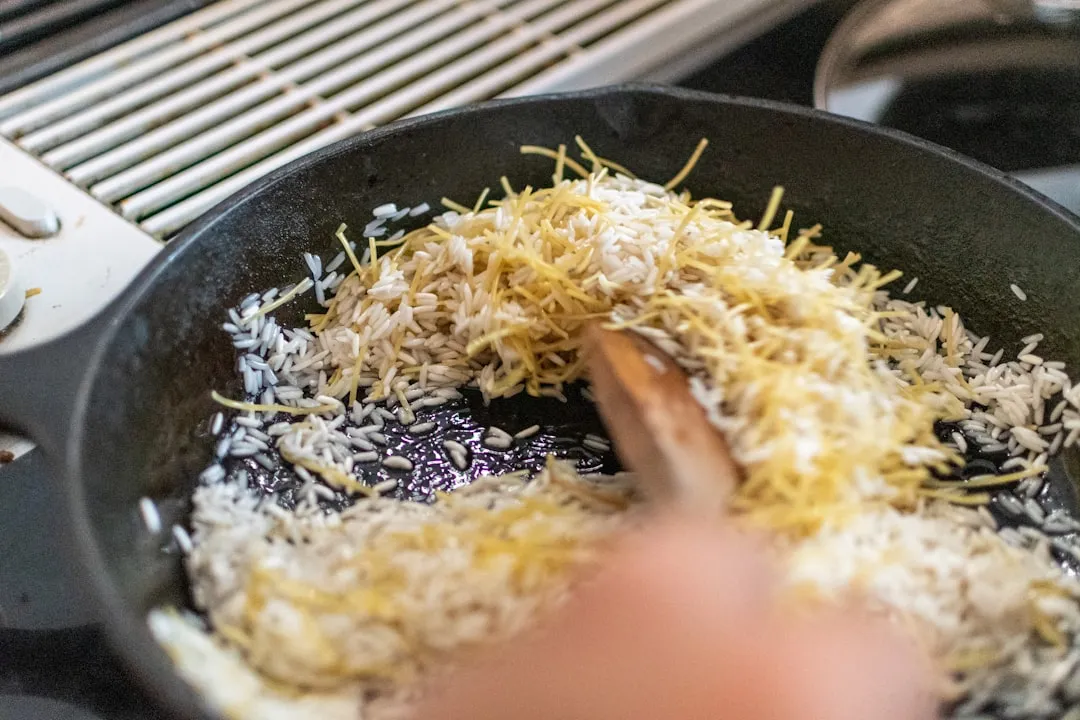


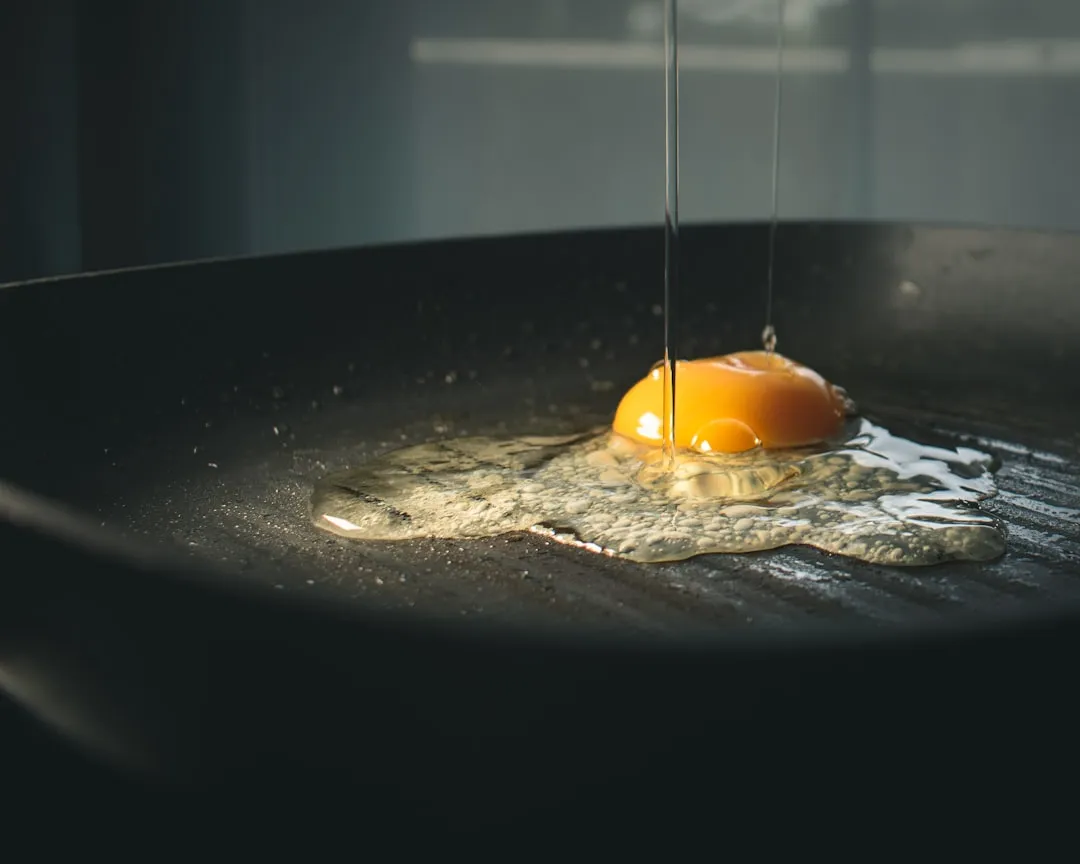


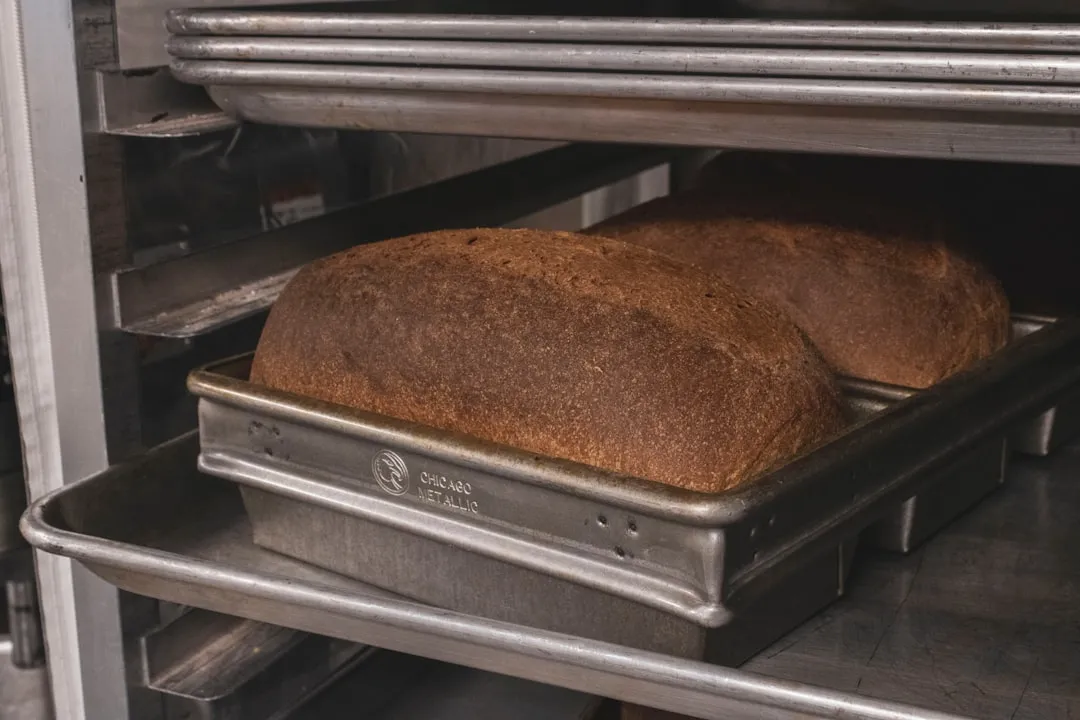






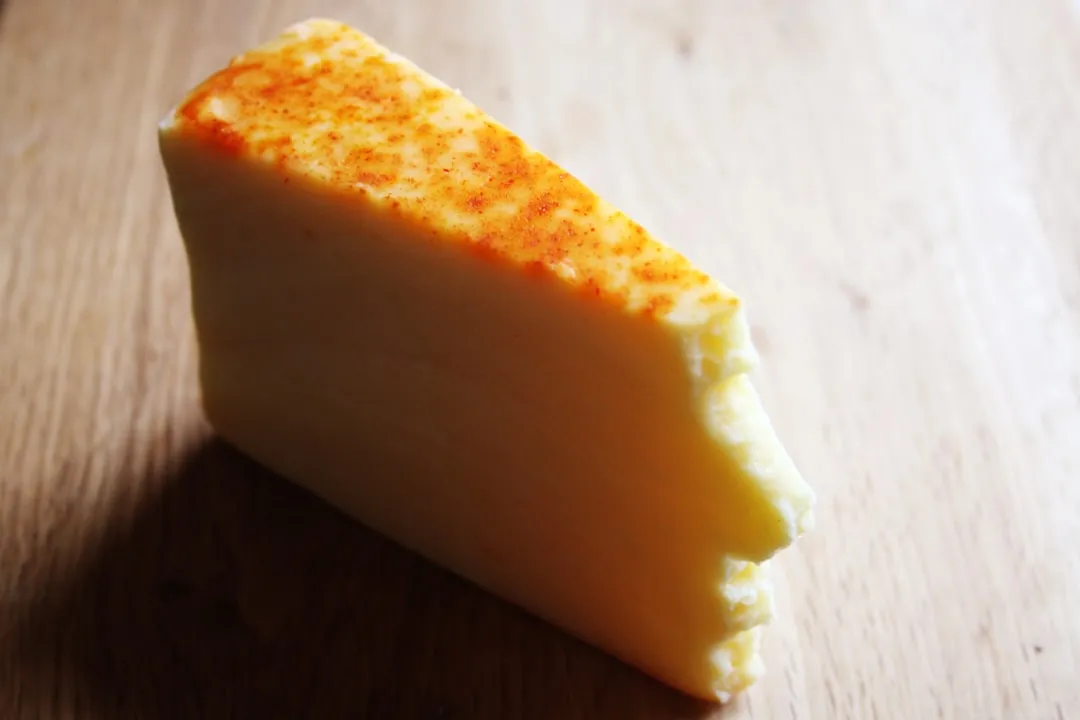
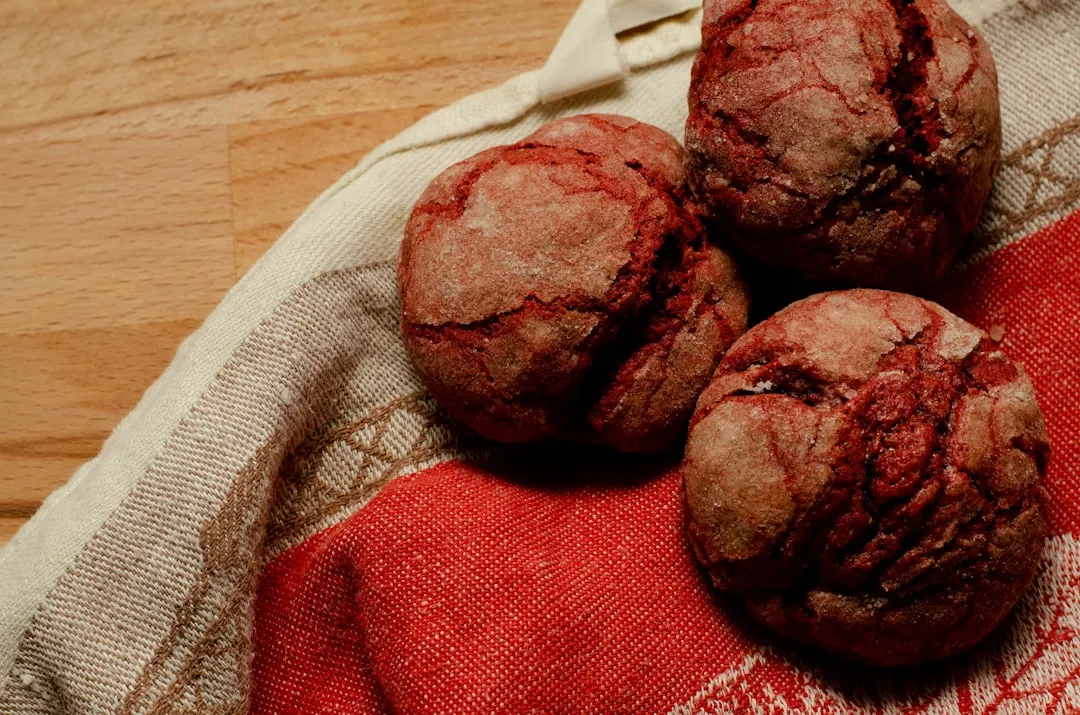

Comments
Be the first, drop a comment!